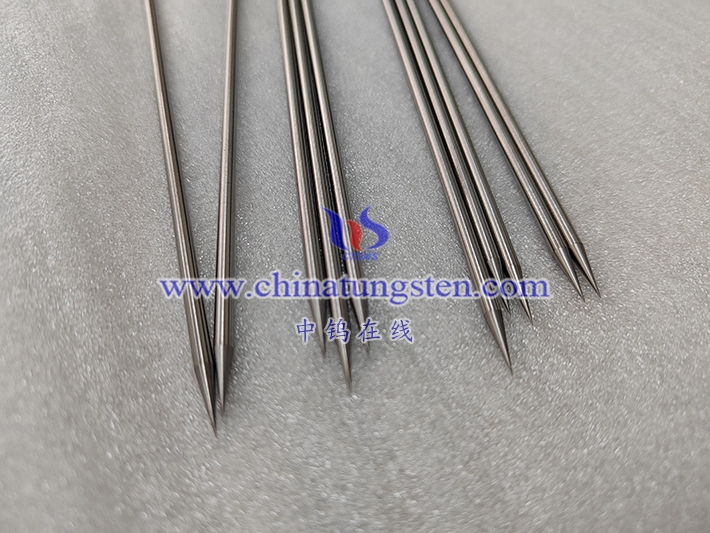
The geometry of tungsten needle tips can have an effect on their ability to produce precise holes in membranes. The shape and size of the tip can affect the diameter and shape of the hole created. For example, needles with conical tips are often used for creating micrometer-sized holes in membranes, while needles with sharper, pyramidal tips can be used for creating nanometer-sized holes. The length of the needle can also affect its ability to pierce through the membrane. Shorter needles may not be able to penetrate thicker membranes, while longer needles may be more prone to bending or breaking. Overall, the design of the tungsten needle tip should be carefully selected to optimize its performance for specific applications such as membrane perforation.






